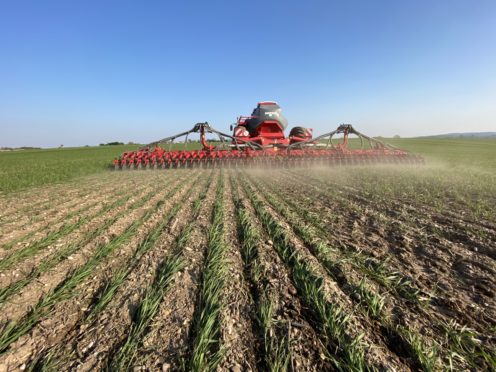A farmers’ group is investigating whether they can limit ploughing or chemical inputs by establishing a permanent living mulch beneath their arable crops.
The project is part of the Innovative Farmers Network – an initiative to brings farmers, researchers and funders together –and involves input from levy body AHDB and the Organic Research Centre.
Both organic and conventional farmers are taking part in the project, which involves under sowing white clover into cereal crops this spring to establish a long-term living mulch system.
The mulch will then be grazed or mowed hard after harvest and prior to direct drilling a cash crop in the autumn, or next spring.
Researchers will collect data on both the cash and cover crop including information on weeds, soil nutrients, yields and grain quality. It is hoped the living mulch created by the white clover will reduce or eliminate chemical fertilisers and herbicides by controlling weeds while also fixing nitrogen.
Clive Bailye from TWB Farms in Staffordshire, which moved to a conservation agriculture system 15 years ago, is involved in the project.
He said: “Finding out how we can do organic no-till without livestock is the holy grail of arable farming.
“Environmentally our farm has transformed, and our yields and crop consistency have improved – although we have made lots of changes, so it’s not just down to the no-till system. But we have cut out insecticide use completely.
“I’m hoping by using this clover understory to build fertility we will get even more healthy soil biology and we can stop using fungicides and nitrogen.”
The new living mulch systems will be compared to each farm’s typical farming practice as a control, and the difference between the two systems will be compared across all farms.
